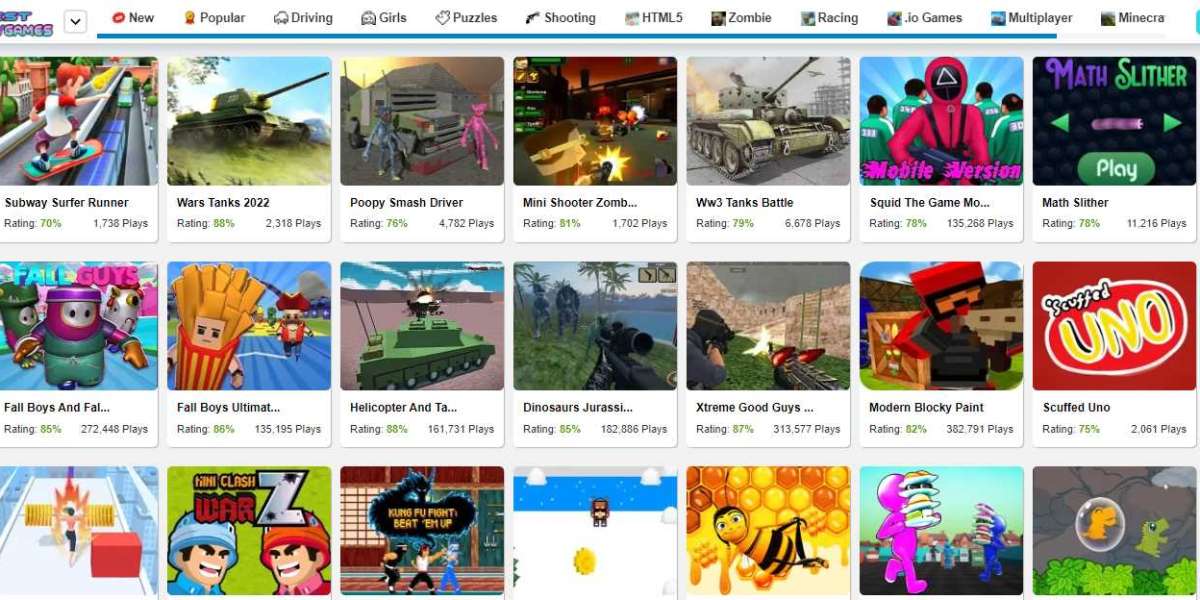No Surprise Here, Writing Articles is a surefire way to gain recognition as an expert in your field. By allowing them to be reprinted along with a resource box attached, Increases the number of links pointing back to your site. This gets your site noticed by the Search Engines, increases your link popularity, and eventually improves your search ranking.
If your article is written well, you'll see an increase in your web site traffic as well as an increase in your subscriber base.
None of this is anything you don't already know or read before. However, the problem you may face is, not being able to come up with an idea, rather, how do you come up with content which peaks your readers curiosity, grabs their attention, and keeps them reading through to the end of your article. Which causes them to want more of the same.
If winning readers is your goal and not just getting something out there, you'll have to put yourself in their shoes.
Write about what they want to know and not what you want them to know.
Become "Other Centered," Provide them with what they want and they'll read anything you write. (As long as it's honest
effective and valuable) Write something "Blah" and you efforts will wind up in the recycle bin.
Whatever the topic, the next 4 steps are an outline for writing articles that grab and keep your readers interest, they'll read your articles in their entirety, keeping them coming back for more.
1. First and Foremost: If You're Going to Solve a Problem it Helps to Know What the problem is. (Not Exactly Rocket
Science, Would You Say?) What Exactly Do Your Readers Want?
If you've got expertise with the topic your readers are interested
in, you'll already know and identify with the problems they're
facing. If Not, you'll have to research a bit more. Or, quite simply,
You can Ask Them.
A short, simple 3 question survey will define exactly what your readers want. I've put an example of the survey I use to extract pertinent information from my list. Feel free to use it. Edit it, move it around, change the questions, do with it as you please.
Hello (first name) Always personalize your messages!
Pardon the intrusion. I know your time is valuable. I'll be brief. As a valued subscriber of (The name of your ezine/newsletter) it is my intent to provide you with useful, effective, information, intended to help you solve the challenges you may be having Online. I've put together a short survey below to help me help you.
Please reply with your answers so I can better meet your needs. Please find the questions below.
a. What is the biggest challeng you face on a daily basis?
Traffic?
Converting traffic to sales?
Where to advertise?
b. What topics would you like covered?
c. What changes would you like to see that would make our
newsletter/ezine of greater value?
Keep in mind, This is Your Newsletter. Your answers will assist me in providing you with the most accurate content I can provide.
Kind Regards,
Your Name
Your Ezine's Name
Your WebSite URL
2. Get Their Attention
This is an unforgiving step. If you fail to get your readers attention in the first several seconds, they'll either click away or send you into the abyss of cyber space. Lost forever. Take your time and Think About Your Opening. Remember it's about Them and what they want. Write something that makes them feel like, "Hey, They're Talkin' About Me!" or "Finally, This is Exactly What I've Been Looking For!"
3. Have a Conversation With Your Reader
When writing your article, keep it relaxed. Like you would be in a normal conversation. Being careful not to be too informal, as this may irritate your readers. If you find this to be true, don't worry, you can always edit it later. Same with being to formal. Simply write as you talk and you'll be fine.
In addition to the facts and strategies, inject a bit of humor. They may have hopes of being entertained. Be yourself and let your personality shine through.
4. End On An Upbeat Note
Don't let your article die or simply fizzle out. Alot of writers do this because they don't know how to End on an Upbeat Note.
Impressions are made with the beginning and end of your article. Create a feeling of anticipation in the beginning and a feeling of satisfaction in the end.
Finally: create an article-writing cheat-sheet for yourself. Divide it into beginnings/middles/ends and add more
useful tips and strategies as you think of them. (For example, using the tips in this article, you might write: ENDINGS - end on a high, offer hope, use funny quote, suggest action to get started.)
Do this, and you'll be regularly pumping out articles that almost everyone will want to publish!








